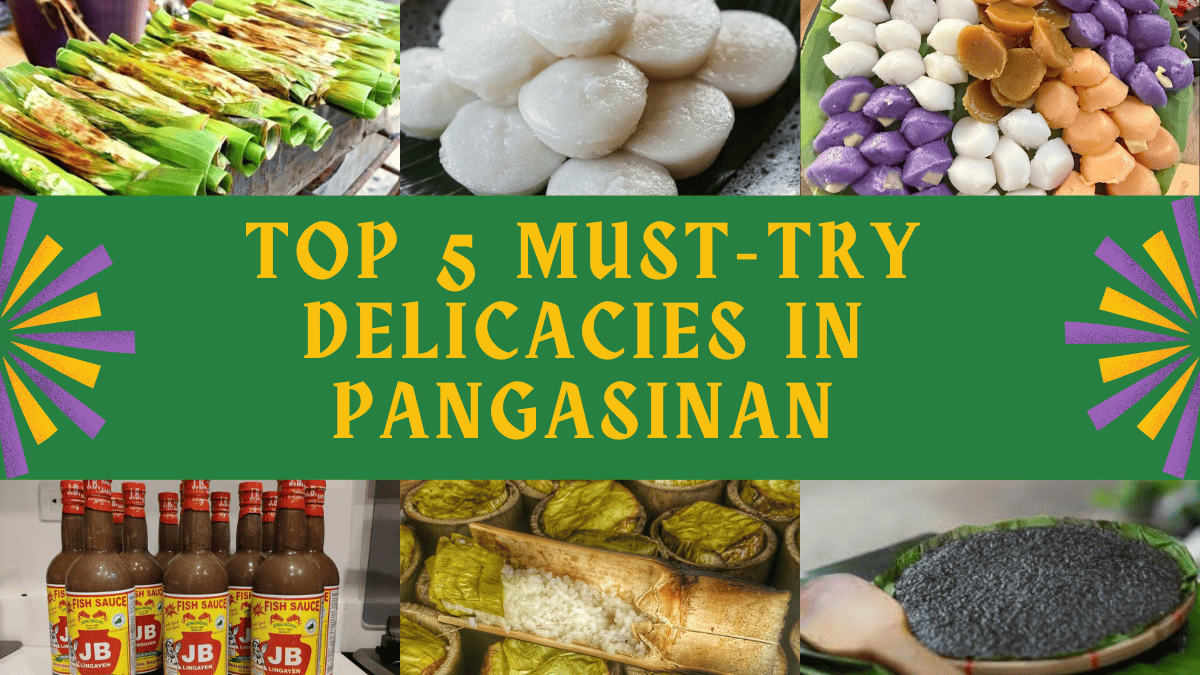Pangasinan bursts with flavor, heritage, and heart, offering more than just beautiful beaches and historic towns. Every bite of its local delicacies tells a story of tradition, family, and the Filipino spirit.
From the sticky rice cakes to the bold umami punch of bagoong, these native treats satisfy cravings and carry the taste of culture and pride of Pangasinan.
1. Puto Calasiao
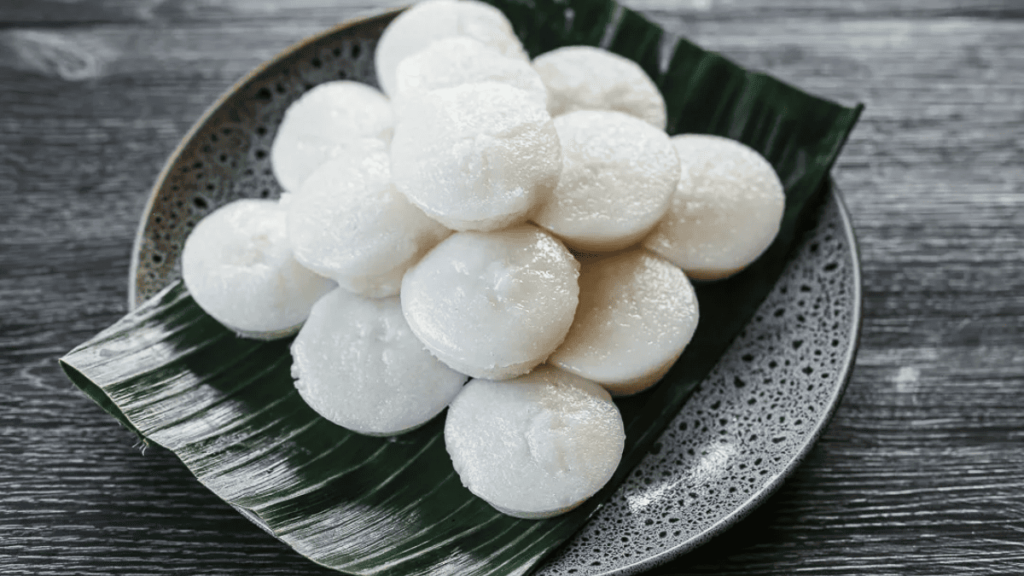
Photo from Raymund Macaalay
Puto Calasiao offers a bite-sized, steamed rice cake known for its sticky-soft texture and subtly sweet flavor. Vendors traditionally steam and sell this rice cake in bags, often white in color but sometimes tinted in other colors.
Chewy and mildly sweet, Puto Calasiao is perfect as a snack, a breakfast pairing, or as pasalubong. You’ll likely want to bring home more than one bag.
Named after the town of Calasiao, vendors around the local church and market proudly preserve this delicacy’s traditional method, passed down through generations.
2. Tupig

Photo from Gastronomiac
Tupig is a grilled sticky rice delicacy made with glutinous rice, young coconut strips, and coconut milk, wrapped in banana leaves and roasted over hot coals.
The word “tupig” means “flattened” in the local dialect, referring to the sweet treat’s shape when cooked. Some also call it “intemtem” or “kangkanen.”
Its warm, toast exterior and tender, fragrant filling create a delicious contrast. Best enjoyed fresh off the grill, locals consider tupig a staple during Christmas, fiestas, and even roadside stops.
In Pangasinan, families make tupig as part of tradition, showcasing their resourcefulness in using simple ingredients like rice and coconut to create something celebratory and delicious.
3. Bagoong
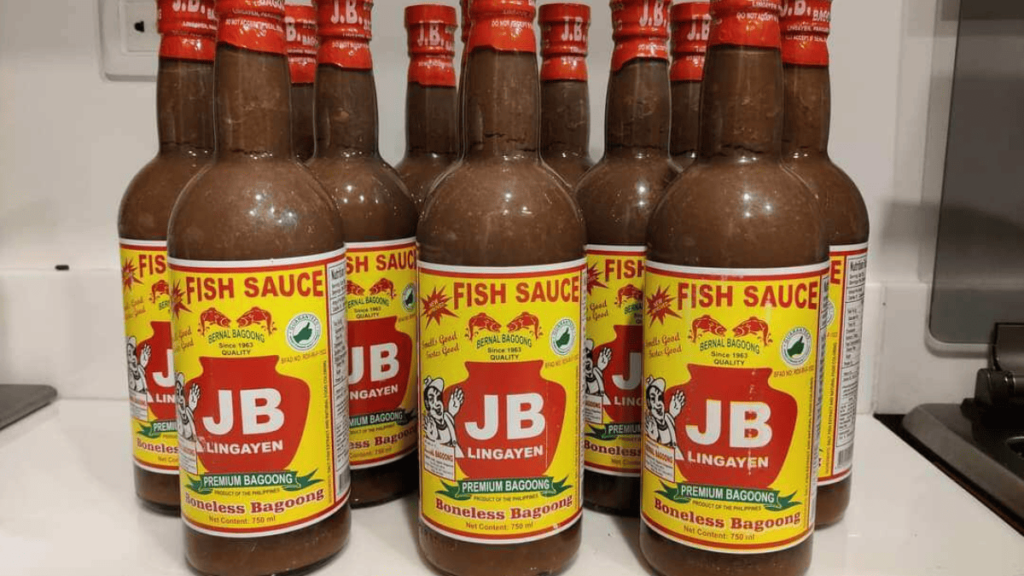
Photo from Bagoong Pangasinan Main
Bagoong is a fermented fish paste, typically made from anchovies or small fish. Pangasinan’s version of bagoong, particularly from Lingayen, boasts a deep, umami-rich flavor.
People use bagoong as a condiment or cooking ingredient to bring out the flavor in many classic Filipino dishes like pinakbet, kare-kare, and green mangoes. Its salty punch proves addictively good.
Lingayen has produced bagoong for decades, turning it into both a culinary staple and a local livelihood. Families pass down fermentation techniques and proudly sell their products across the country.
4. Binungey
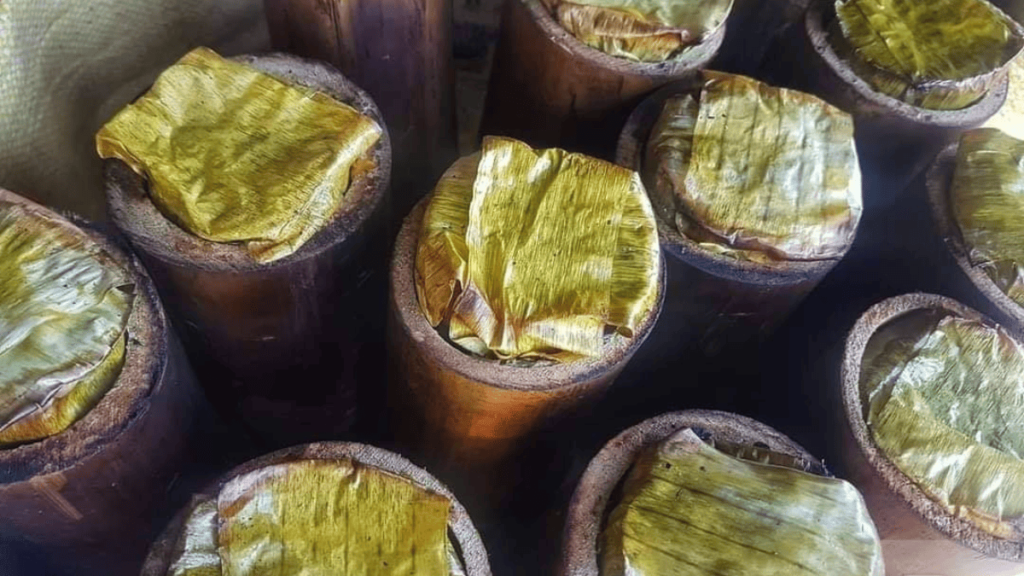
The Pangasinan Nomad
Binungey features a sweet rice delicacy made from glutinous rice and coconut milk, steamed inside bamboo tubes over an open fire.
The bamboo infuses the rice with an aroma while sealing in the coconut flavor. Once cooked, sellers top the rice cake with coconut cream, sugar, or grated coconut for extra richness.
A specialty of Bolinao, binungey showcases the creative use of natural resources and traditional cooking methods. Vendors often sell it along coastal roads and during town festivities.
5. Inlubi
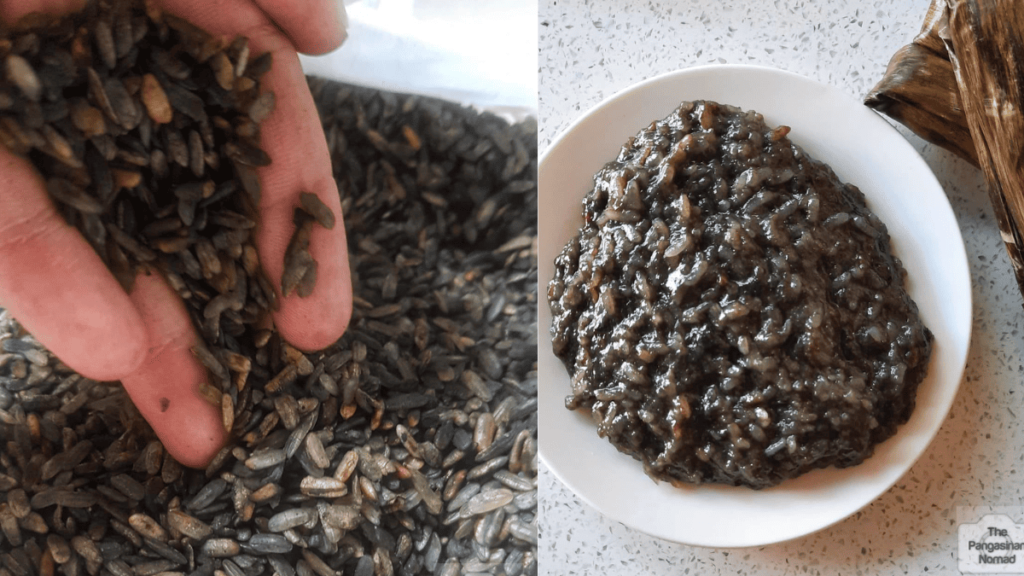
Photo from The Pangasinan Nomad
Inlubi represents a traditional Pangasinense delicacy made from black glutinous rice, coconut milk, and brown sugar, resulting in a thick, pudding-like dessert.
Its rich, slightly nutty taste and deep black color make it visually striking and satisfying. It’s also nutritious and perfect for breakfast or merienda.
Locals often make inlubi during harvest season or special occasions in rural communities, representing the enduring value of home-cooked meals and resourceful, wholesome living.



